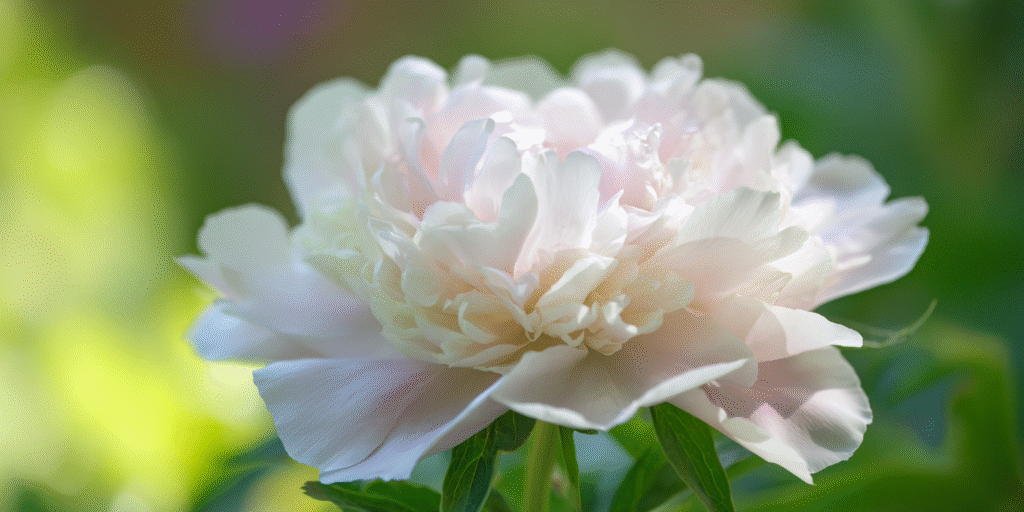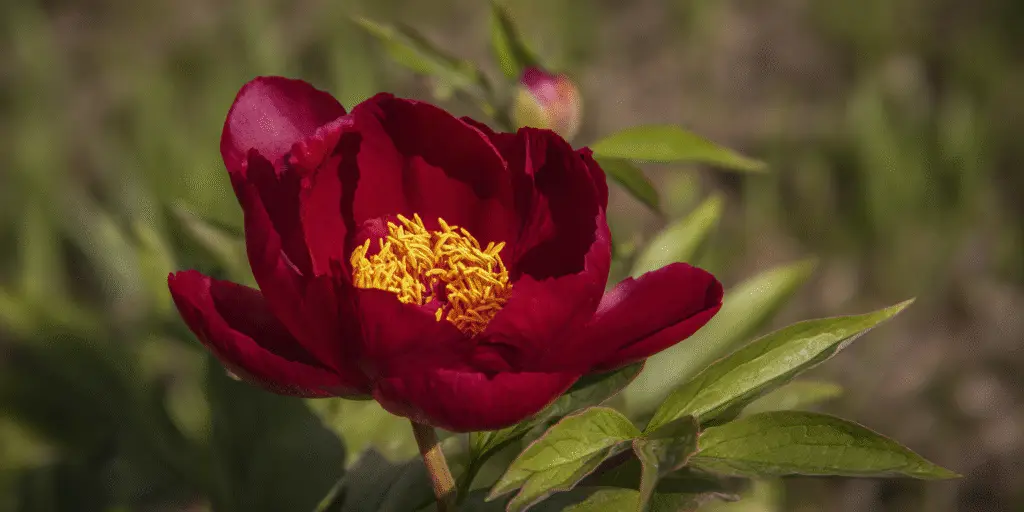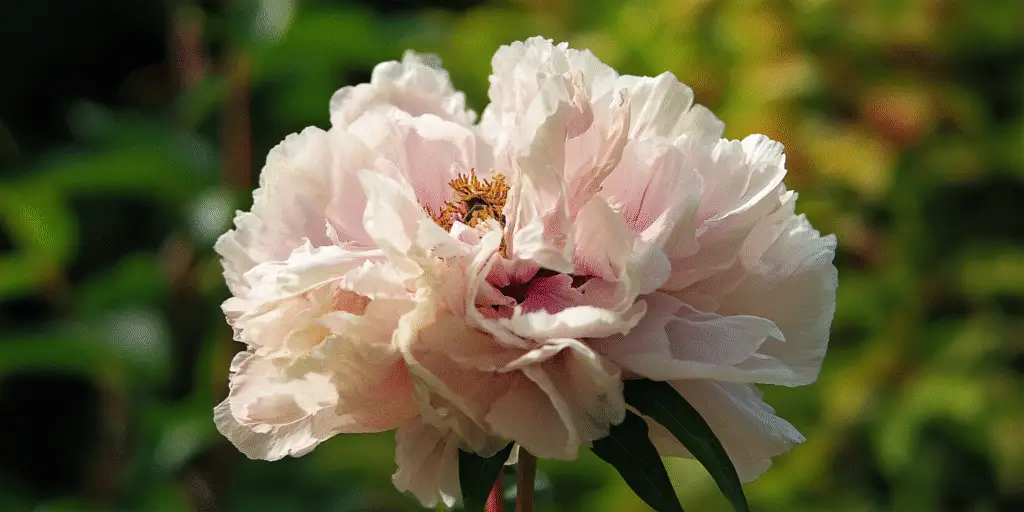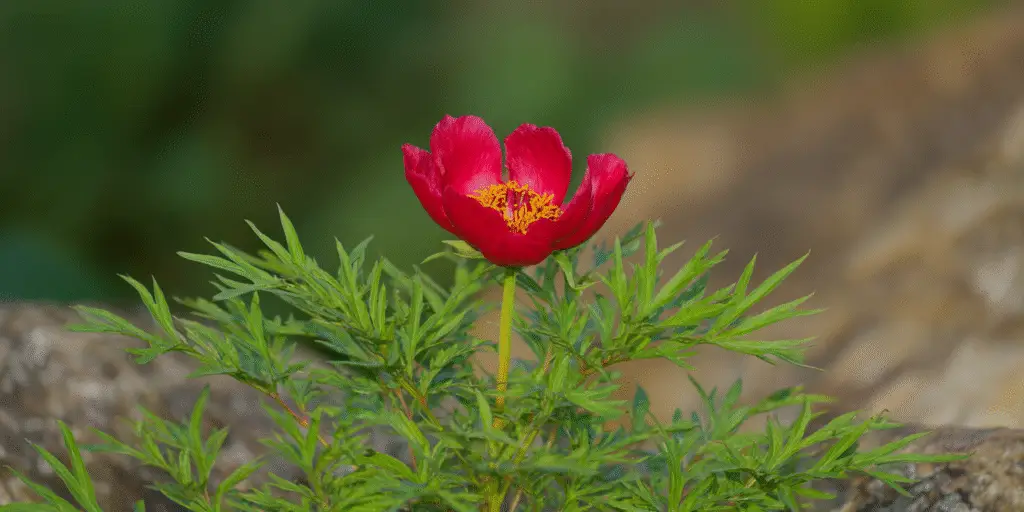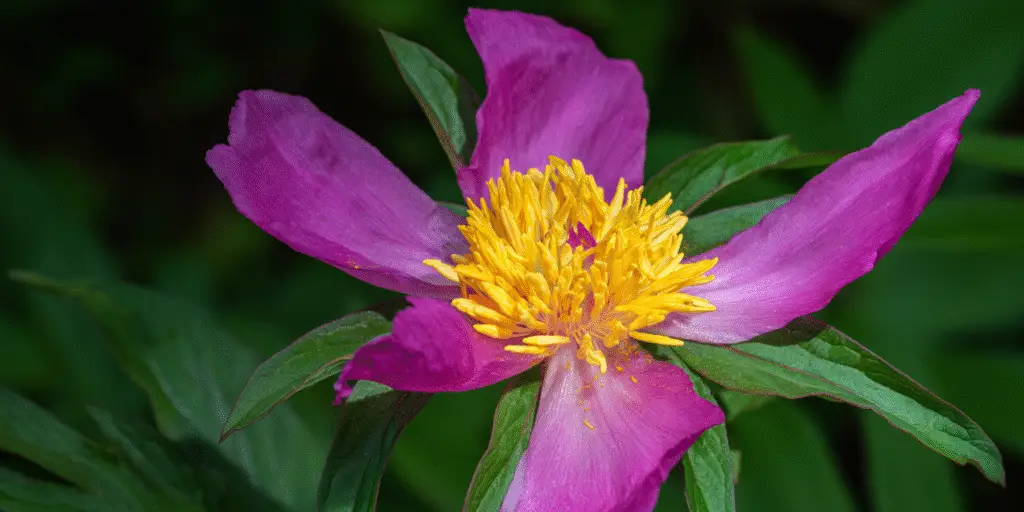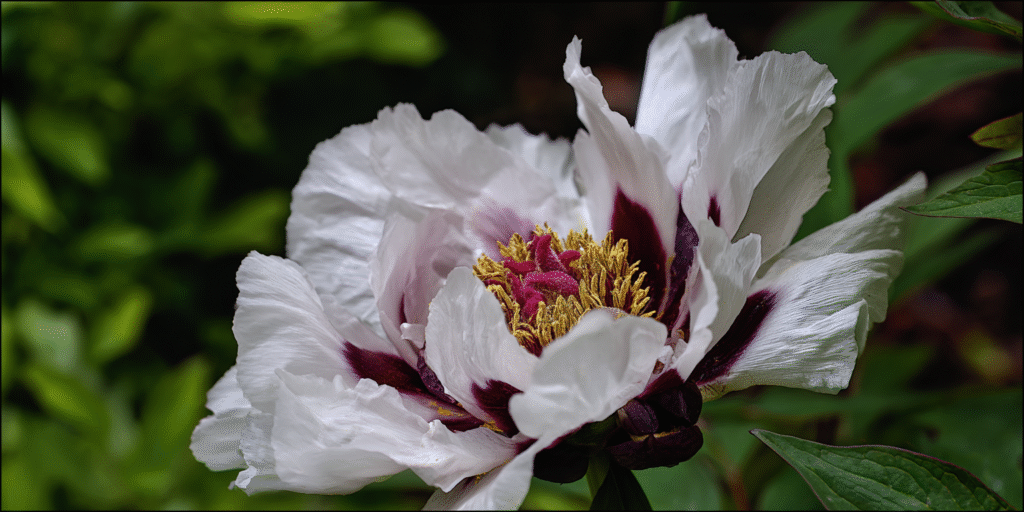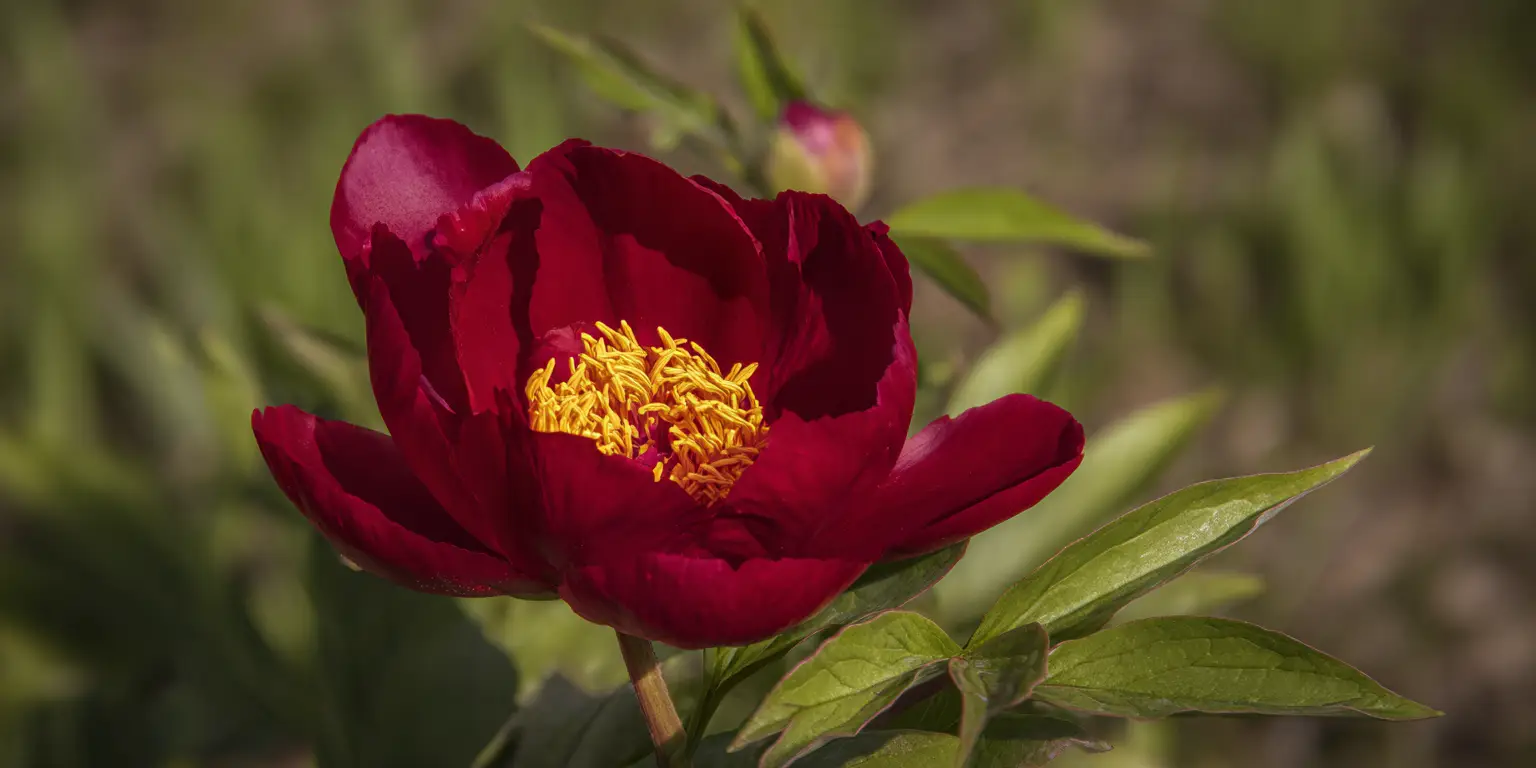
Paeonia officinalis
This European species is a compact herbaceous peony valued for early flowers and tidy form.
It stands out for deep pink to crimson blossoms that often open before many garden peonies.
Plants perform best in full sun with well‑drained soil in regions with cold winters.
Bloom is typically mid spring in much of North America.
Clumps remain attractive after flowering and go dormant after frost.
Some forms are lightly to noticeably fragrant.
It has a long history in cottage gardens.
At‑a‑glance
- Group/Class: Herbaceous peony
- Height × spread: 18–24 in × 18–24 in (45–60 cm × 45–60 cm)
- Bloom window: mid spring
- Color & flower form: rose pink to crimson; single to double
- Fragrance: 2
- USDA hardiness: 3–8
- Origin: Southern Europe
- Cut‑flower notes: shorter stems than Chinese peonies; typical vase life about 7 days
- Pet safety: avoid
How it differs
- Blooms earlier than the typical Chinese peony.
- Forms a smaller, tighter clump.
- Color range leans to pink and red.
- Heavy doubles may flop more readily.
Strengths
- Dependable early color in cool climates.
- Compact habit fits small borders.
- Cold‑hardy and long‑lived.
Care in one minute
- Site: full sun with good air movement.
- Soil: fertile, well‑drained loam; neutral to slightly alkaline.
- Water: regular spring moisture; avoid saturated soils.
- Feeding: compost in spring; avoid heavy nitrogen.
- Planting: set buds 1–2 in below soil; shallow planting promotes bloom.
- After bloom: deadhead; remove foliage after frost; keep mulch away from crown.
Watch‑outs
- Botrytis can be an issue in wet springs.
- Needs winter chill to set buds well.
- Support may be needed for double forms.
Best uses (tags)
borders; cottage; cutting; front‑of‑border
Provenance note
Native to southern Europe and cultivated for centuries in traditional gardens.
References
- Missouri Botanical Garden: Paeonia officinalis profile
- ASPCA: Peony toxicity (Paeonia spp.)
- Iowa State University Extension: Growing Peonies
